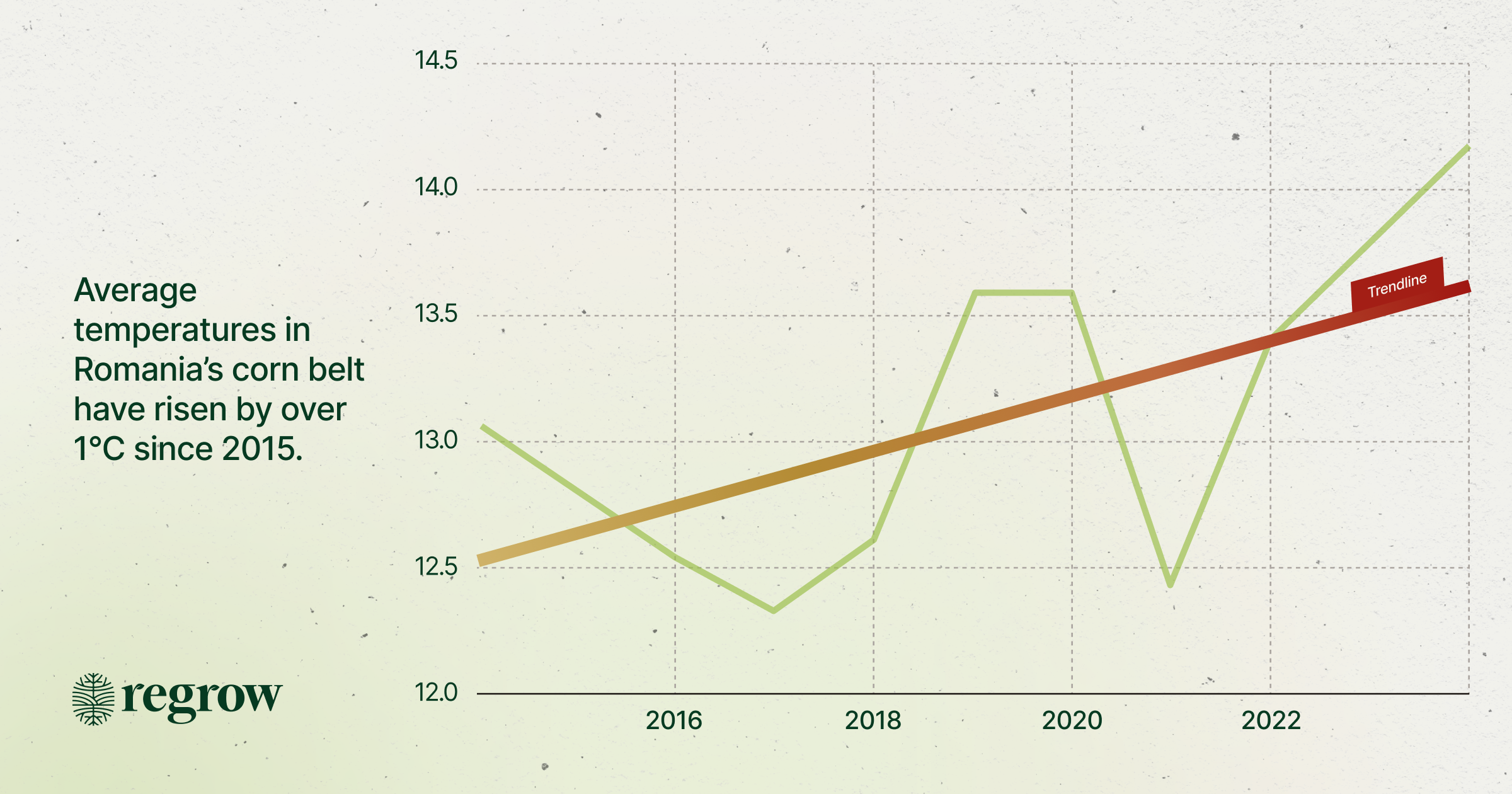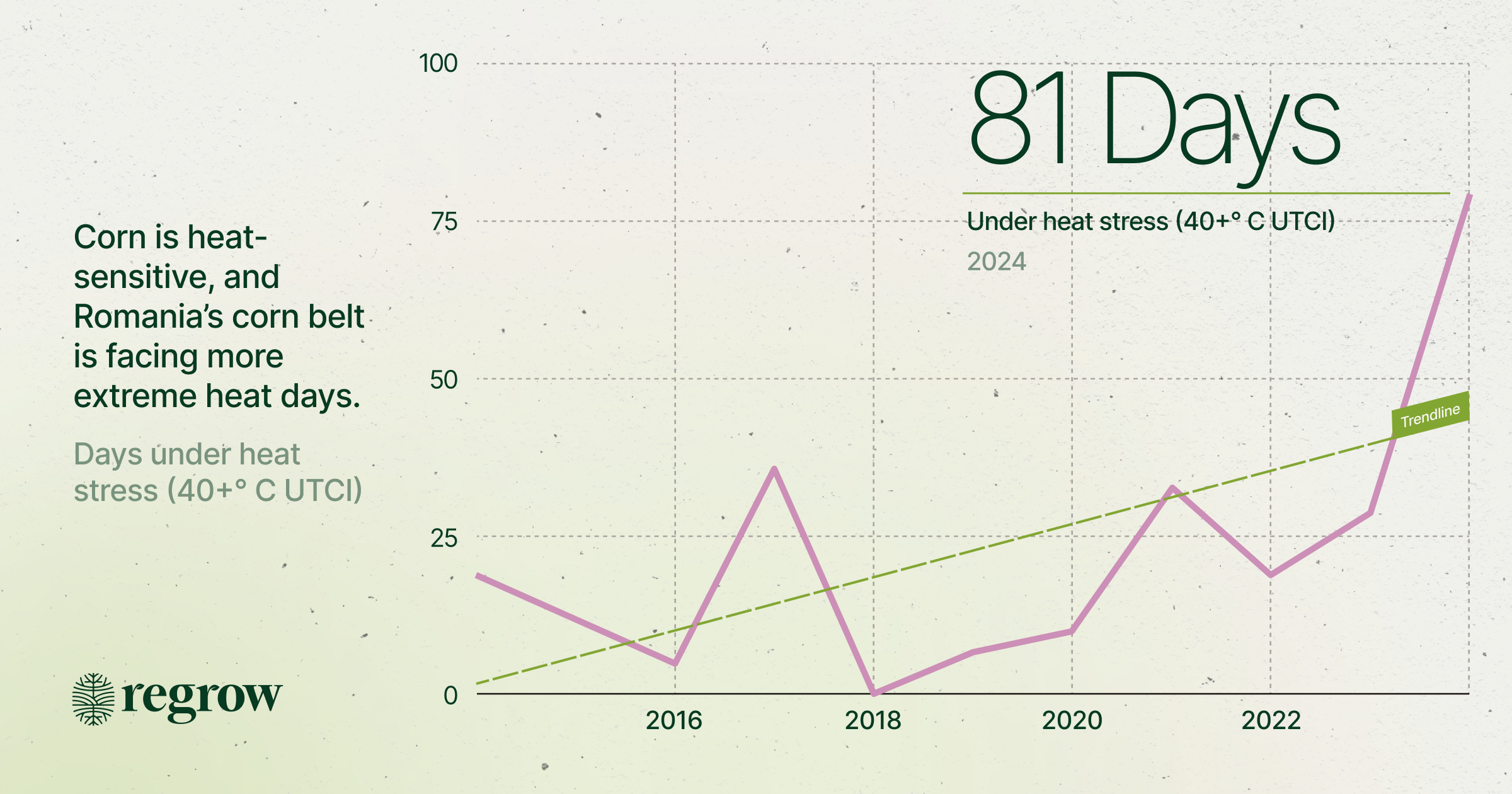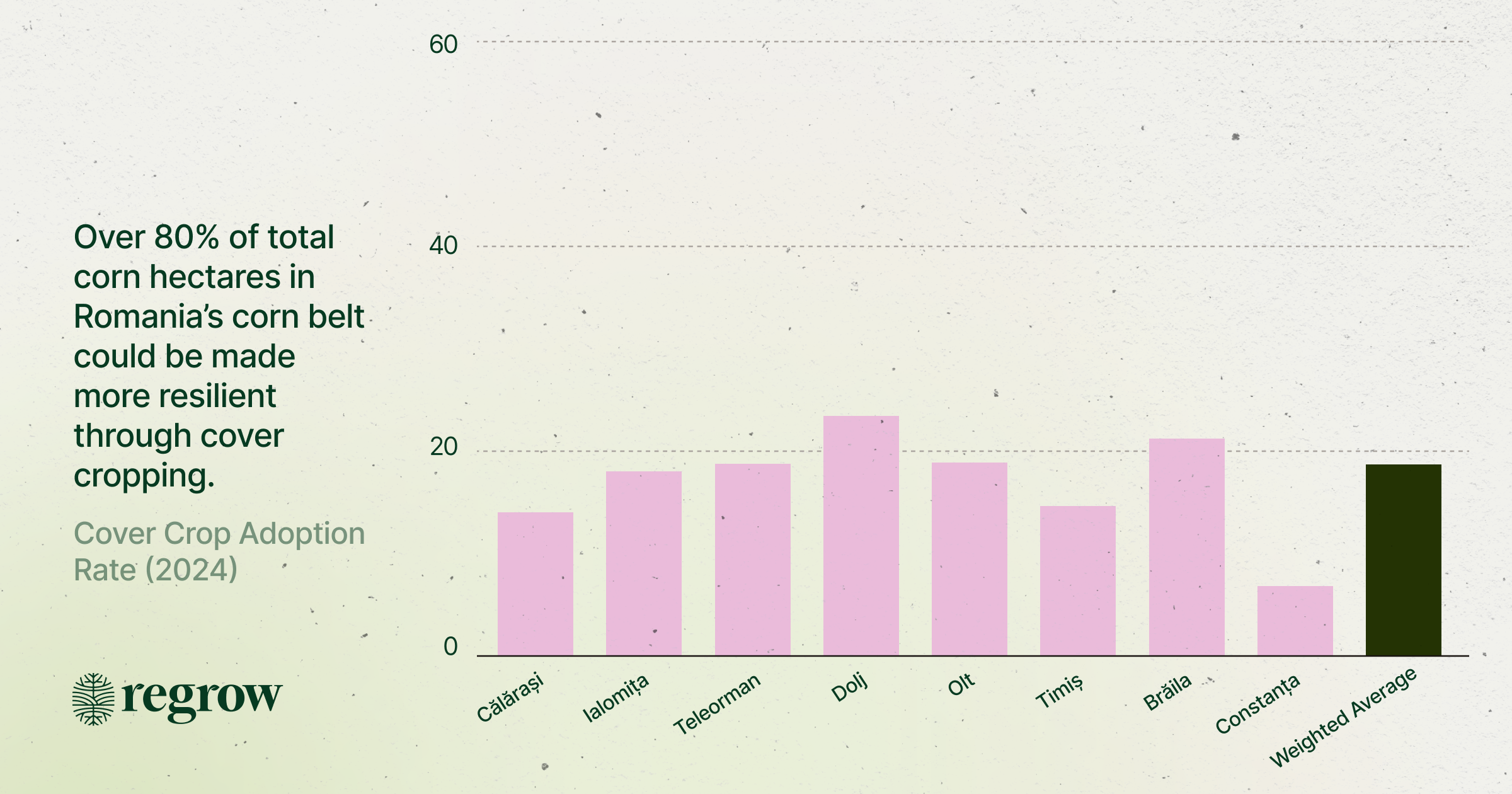In 2023, intense heatwaves struck southern Romania. The yields of its primary crops, corn and sunflower, were down ~20% and ~35% respectively off their five year averages. With Romania being one of the EU’s largest corn and sunflower producers, every company sourcing from this region learned a crucial lesson - a changing climate is no longer a sustainability initiative, it is a business threat.
This is why the EU created the Corporate Sustainability Reporting Directive (CSRD) - to force companies to come to grips with the climate risks in their supply chain and to build actionable plans to address them.
Companies that don’t use CSRD as an opportunity to fortify their supply chains will be unprepared, and the cost of remediation to disasters often greatly exceed any cost of data and administration related to compliance. Nestlé has estimated that the material risks from climate shocks would have an expected operating cost impact of around USD 6.5 billion in a 2 °C+ scenario.
Companies best positioned for future growth will use this reporting exercise as an opportunity to become more resilient by using the same reporting data to unearth business opportunities.
Better supply shed data can lead to more resilient sourcing for EU corn.
Regrow recently announced the addition of CSRD-aligned climate risk insights into its platform. Now multiple teams can access and overlay agricultural GHG emissions, climate risk, and agricultural practice adoption in their supply sheds.
This allows sustainability, compliance, and procurement teams to go beyond reporting to building stronger procurement strategies, fortifying supply chains, and mitigating pricing volatility for key ingredients.
Let’s take a look at how this works in practice.
Romania has been a consistent leader in corn (maize) production in the EU, but their output is now highly volatile due to drought and heatwave risk. In recent years, corn farmers report losing up to 90% of their corn. For a company relying on sourcing from this region, this adds cost and complexity to your sourcing and procurement strategy.
This is more than an aberration. Average temperatures have been increasing in Romania’s corn producing regions over the past decade.

And more specifically, heat stress days have become more frequent in Romania’s corn belt during this time period (defined as the top 8 corn producing regions). Heat stress is measured using the Universal Thermal Climate Index (UTCI), a “real feel” indicator that incorporates humidity, wind, and radiation into temperature. From this, we report a number of days where UTCI exceeds 40°C - aligned with CSRD requirements.

This past year, Romania's corn belt saw 80+ days of heat stress. This is particularly harmful for corn as it is highly sensitive to heat and drought. Just a few days of extreme heat at the wrong time can cut harvests sharply. Heat stress during pollination, for example, can cause daily yield losses of 3–8%.
But a warming climate isn’t news to most procurement teams sourcing corn from Romania. CSRD requires companies to go one step further and document a mitigation strategy.
Regenerative agriculture is the mitigation strategy.
To help corn survive in the face of intense heat, the soil must be kept moist. While Romania’s government has invested billions in upgrading irrigation infrastructure across the country, the soil still needs the ability to retain and store moisture during heatwaves.
Adopting farming practices like cover cropping and no till help retain moisture longer and keep the soil cooler during heat spells, and as a result, make corn (and other crops) more resilient.
For businesses looking to build climate resilience strategies as part of CSRD, supporting farmers’ transition to these agricultural practices will help protect future supply against climate shocks (while also making progress towards emissions targets).
In these same corn-producing regions in Romania, cover cropping adoption rates show a lot of opportunity for improvement:

Over 80% of the hectares of corn grown in Romania are not cover cropped, which exposes the corn crop to damage from the increasing levels of heat stress in the region. A clear opportunity for any company building a mitigation strategy for CSRD is incentivizing and supporting cover cropping throughout the region.
The Takeaway:
With Regrow combining disparate data from climate risks to regenerative agriculture adoption in the same place, the investment case for regenerative agriculture in Romania is clear.

.png)
.png)
When companies are able to overlay regenerative farming adoption and climate risk metrics for their specific supply sheds, they can both pinpoint climate risks across key supply regions and incentivize the regenerative practices that can directly derisk these regions from shocks.
While this fulfills CSRD reporting requirements, the stakes go well beyond avoiding fines and passing compliance checks. It helps companies scale the regenerative agriculture practices to ensure business survival.
Ready to learn how to build supply resilience in your sourcing regions? Regrow's field-level climate risk and agricultural practice data helps teams from 40% of the largest food and agriculture companies map, analyze, report, and act on emissions in their supply chains.



